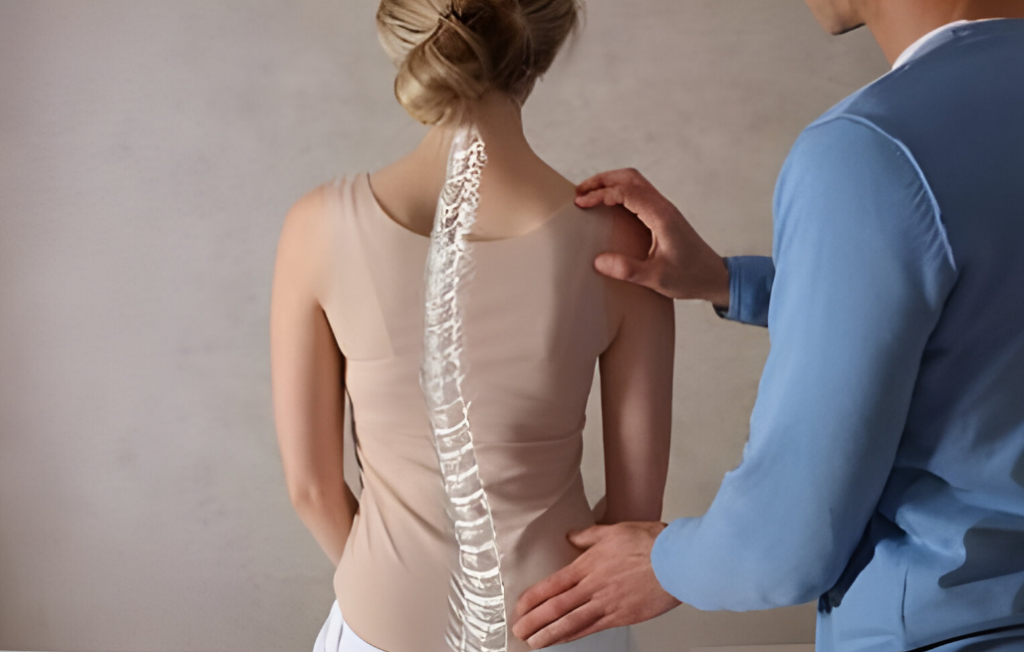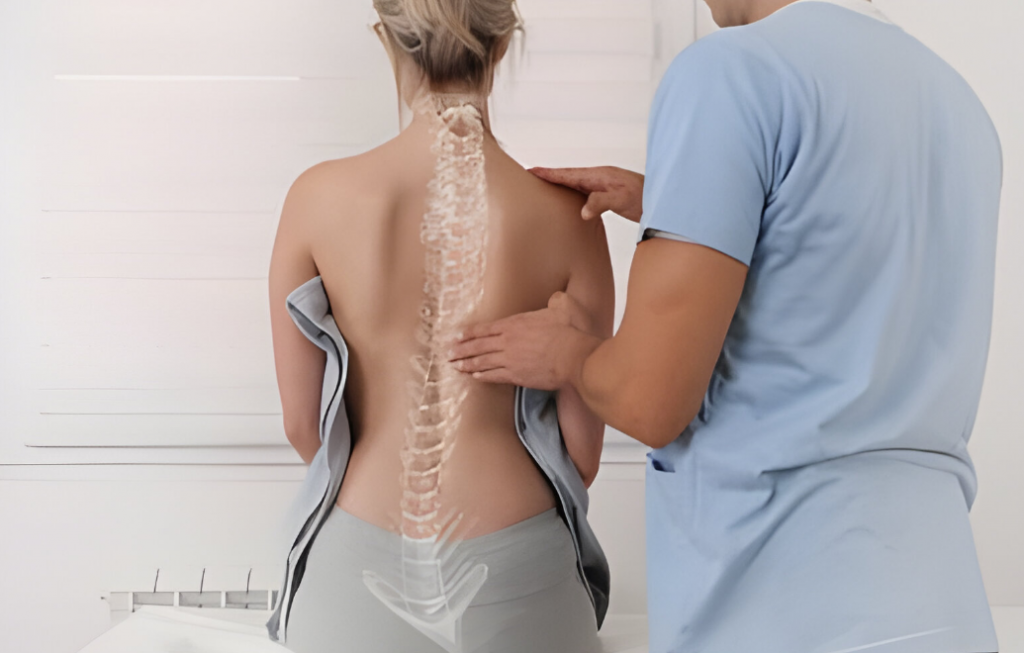In the realm of healthcare, osteopathy emerges as a unique and comprehensive discipline, recognized as one of the 14 Allied Health Professions by the NHS in England.
Osteopathy focuses on strengthening the musculoskeletal system, which includes muscles, bones, and joints, ensuring they function as a cohesive unit. This approach not only aids in relieving pain but also enhances overall health and well-being.

What is Osteopathy?
Osteopaths are highly skilled practitioners who specialize in the musculoskeletal system, including muscles, joints, and their interplay with the body’s other systems. Using manual therapy, osteopaths aim to:
- Enhance mobility
- Relieve muscle tension
- Increase circulation
- Optimize overall physical function
However, osteopathy extends far beyond just physical manipulation. It embraces a philosophy that targets the whole person, not just the symptoms.
Osteopaths assess and treat patients by considering a range of biological, psychological, and social factors.
What Do Osteopaths Do?
Osteopaths are highly skilled professionals who specialize in treating the musculoskeletal system. They employ manual therapy techniques such as stretching, massaging, and mobilizing tissues and joints. Here’s a closer look at what osteopaths do:
- Manual Therapy: Techniques include manipulation of muscles and joints to improve movement and reduce pain.
- Holistic Assessment: Osteopaths consider physical symptoms and other factors like lifestyle, stress levels, and diet.
- Personalized Treatment Plans: Combining physical therapy with advice on lifestyle and exercises to support overall health.
Who Benefits from Osteopathy?
Osteopathy is beneficial for a wide range of people:
- Individuals with Acute Pain: Such as those experiencing back, neck, or joint pain.
- Sports Enthusiasts and Athletes: To prevent injuries and enhance physical performance.
- Chronic Condition Sufferers: Helps manage symptoms of chronic issues like arthritis and repetitive strain injuries.
- General Wellness: People looking to improve their overall physical wellbeing and maintain health.
Benefits of Osteopathy:
- Enhanced Mobility: Osteopathy can increase joint mobility and reduce muscle tension, enhancing flexibility and ease of movement.
- Pain Management: Effective in dealing with musculoskeletal pains, including back pain, neck pain, and sciatica.
- Stress Reduction: Manual therapy techniques can help alleviate stress and promote relaxation.
- Improved Health Outcomes: By looking at the body holistically, osteopathy can impact overall health, preventing future injuries and illnesses.

Potential Side Effects:
While osteopathy is safe and effective, there are a few potential side effects:
- Temporary Discomfort: Some patients might experience mild soreness or stiffness following treatment.
- Headaches: Occasional mild headaches may occur post-treatment, especially if neck areas are treated.
- Fatigue: A common reaction as the body begins to adjust and heal itself post-treatment.
Comparative Analysis: Osteopathy vs. Physical Therapy
| Aspect | Osteopathy | Physical Therapy |
|---|---|---|
| Approach | Holistic, treats the whole body | Focuses on specific areas, primarily post-injury |
| Techniques | Manual therapy, lifestyle guidance | Exercise-based, equipment-assisted |
| Benefits | Broad health improvements, preventive care | Recovery assistance, specific functional improvements |
Integrative Approach to Mental Health:
Osteopathy not only addresses physical ailments but also plays a significant role in improving mental health. The holistic approach of osteopathy means that treatments can help alleviate symptoms of stress and anxiety, which are often linked to physical health issues like muscle tension and chronic pain.
By focusing on the body’s structure and its influence on overall functioning, osteopaths can assist in restoring not just physical but also emotional balance.
Osteopathy for Pregnant Women:
Pregnancy brings significant changes to a woman’s body, often leading to discomfort such as back pain, sciatica, and pelvic pain.
Osteopathy offers a safe and effective way to manage these discomforts. Through gentle manipulations, osteopaths can help pregnant women maintain better posture, relieve pressure on the joints and spine, and improve circulation.
These treatments can make the pregnancy experience more comfortable and can even aid in preparing the body for childbirth.
Posture and Ergonomic Assessments:
Poor posture and inadequate ergonomics at work or home can lead to a range of musculoskeletal issues.
Osteopaths can perform posture assessments and provide valuable advice on ergonomic setups that promote good health.
This service is particularly valuable in today’s digital age, where many people spend long hours at desks. Implementing the advice from osteopaths can lead to reduced strain on the body, thereby preventing pain and enhancing overall physical health.

Osteopathy for the Elderly:
As people age, they may face conditions such as arthritis, osteoporosis, and a general decrease in mobility.
Osteopathic treatment can be tailored to the needs of elderly patients to help manage pain, maintain mobility, and enhance their quality of life.
Gentle osteopathic techniques are used to improve circulation, enhance mobility, and reduce stiffness, thus helping older adults remain active and independent.
Frequently Asked Questions
What conditions can osteopathy treat?
Osteopathy can treat a variety of conditions including back pain, neck pain, headaches, sports injuries, and chronic pain conditions like arthritis.
Is osteopathy covered by insurance?
Many insurance plans cover osteopathy; however, it’s advisable to check with your provider for specifics.
How often should I visit an osteopath?
Treatment frequency varies based on individual needs, which your osteopath will discuss with you based on your conditions and goals.
Can children undergo osteopathy?
Yes, osteopathy is safe for children and can be effective for treating colic, sleep disturbances, and other issues.
Conclusion:
Osteopathy offers a gentle yet effective approach to health, emphasizing a balance between physical function and overall well-being.
Whether you’re dealing with specific pain, seeking to enhance your physical performance, or simply aiming to maintain health, osteopathy provides a tailored approach to meet your needs.
As a patient-centered, holistic practice, it ensures that all aspects of health are addressed, making it a valuable part of modern healthcare practices.
